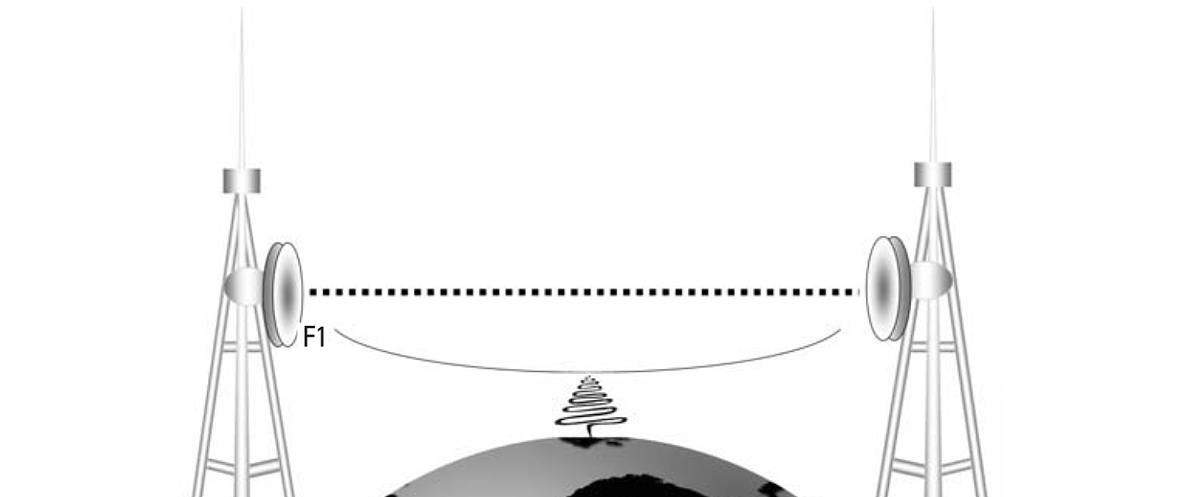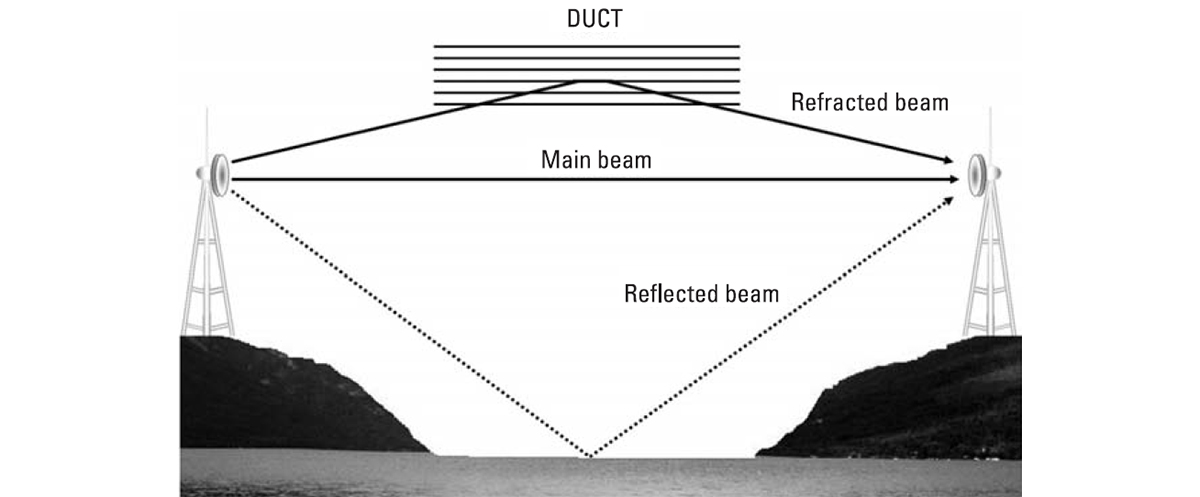When planning to establish a new microwave link between two sites, there are two questions you must answer first:
What antenna heights will be needed?
What antenna heights are possible at those sites?
Answering these questions will allow you to lower your expenses by avoiding unreasonably large and insufficient antenna heights.
It will also help you disregard obstructed links already at the first stages of planning. No need to spend time on such links, because you will not be able to make obstructed links work reliably by using larger antennas, higher output power, or by changing something else in your setup. If the only way is to raise antenna heights, and there are no towers that would support that – then this link is not the most feasible solution.
Antenna height and performance
In order to understand how antenna heights affect performance, we must first understand:
What do we mean by planned performance?
What factors affect performance?
How do antenna heights come into play?
Planned performance of the microwave link is generally expressed in the form of annual availability. Well planned links, intended for reliable performance, will have availability that is above 99.99 percent. This means that most of the time the link will perform well at the intended modem profile, and during the remaining time (0.01 percent or ~52 minutes annually) it will either switch to a lower modem profile or synchronization will be lost.
Annual availability percentage generally is calculated based on such factors as fade margin, path inclination, rain rate, refractivity of the atmosphere, and terrain roughness.
Antenna heights will influence link performance through the following factors:
Diffraction losses

In case you have any obstructions along the path in the 60% region of the 1st Fresnel zone, then you will receive weaker signal, and hence – lower fade margin and availability. Accordingly, you need to increase antenna heights so that at least 60% of the 1st Fresnel zone is clear.
Cable losses
If you are using a full indoor unit (FIDU) type of system, then there will be a cable between your radio and antenna, and its length will be at least equal to the antenna height. This means that larger antenna heights in such systems will require longer cables with larger losses, and hence − lower fade margin and availability.
Link inclination
One effect that may sometimes be overlooked is that links with steeper inclination will generally have better availability. This is because they will be less susceptible to atmospheric multipath, which happens as radio waves reflect from atmosphere's layer boundaries. When radio waves are crossing those boundaries at steeper angles, reflections reduce. In some cases, those steeper angles will also reduce reflections from ground surfaces.
The best example of steep inclination is when one end of the link is in the mountains and the other end is in a plain region. Another good example is when you have a relatively short link in a plain region, and inclination is achieved by putting one antenna at the top of the tower, and the opposite antenna at the lowest possible point of the tower. This technique is sometimes called “low-high”.
The low-high technique has also proved its effectiveness in practice as it allowed one of our customers from Kyrgyzstan to achieve a reliable link performance across 150km distance.
Reflections from flat surfaces

In case there are flat surfaces along the path, like a lake or a desert, it is important to adjust antenna heights in such a way that reflections are avoided from the surface into the opposite end. These reflections are so undesirable because they will introduce either constructive or destructive interference (flat or frequency selective fading). In digital radio systems, selective interference causes inter-symbol distortion and may result in errors at the receiver.
Depending on the specifics of the link, these reflections could be prevented by:
Adjusting antenna heights so that there are no strong reflections from that particular flat part of the path reflecting into the opposite antenna; adjusting height slightly can significantly improve overall availability.
Lowering antenna heights so that the roof surface or any other obstruction in front of the antenna is blocking any reflections but letting direct signal to be received unobstructed. This technique is also known as “shielding”.
There are multiple ways how antenna heights can affect your link performance, so it is important to understand the culprits and identify the solutions listed above and take them into account when deciding what antenna heights to choose.
If you need any help with link planning, check out our free Path Calculator tool. Feel free to contact our Tech Support team if you need any assistance with your link planning.

